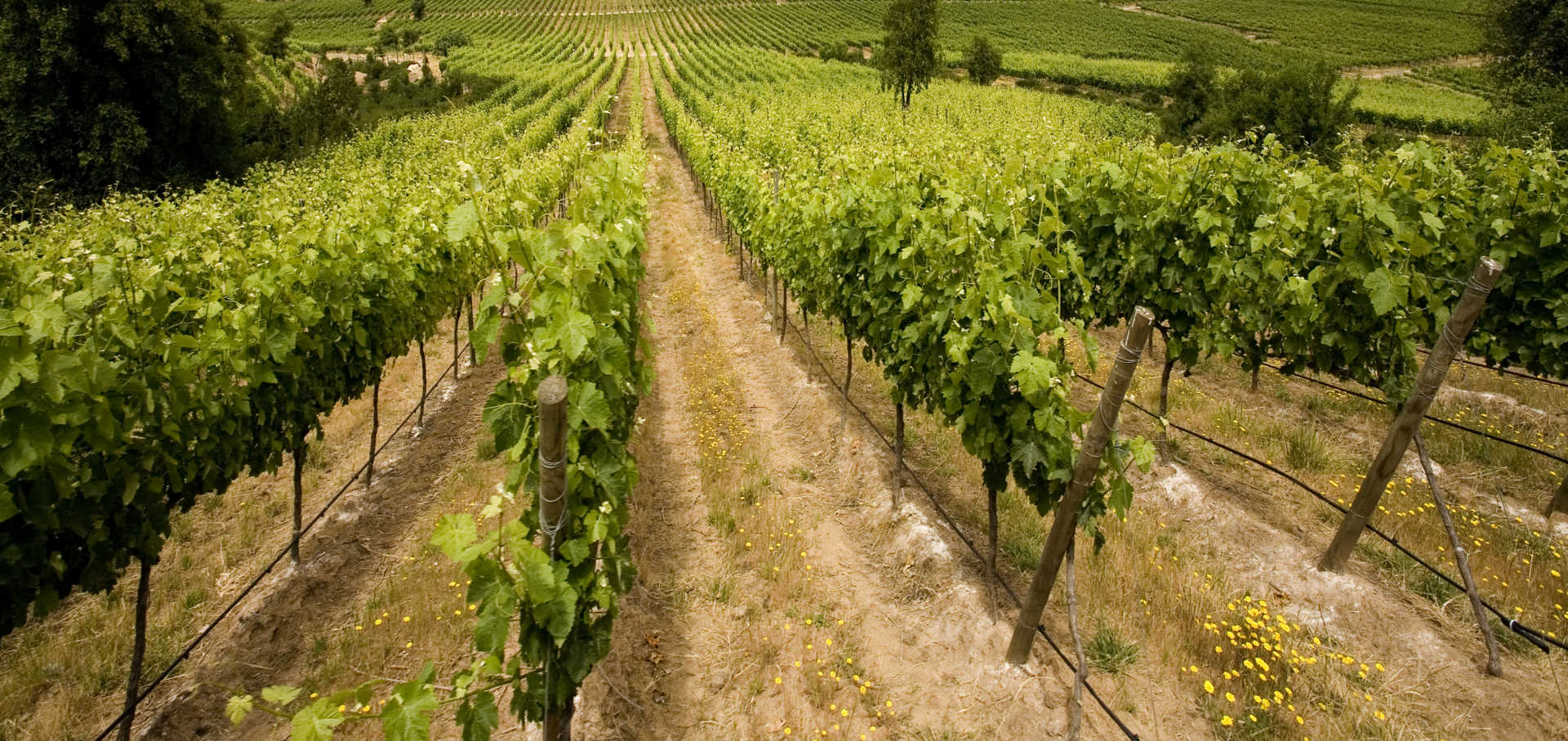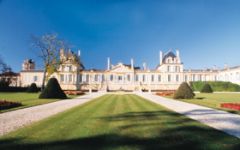Chateau Beychevelle 1990
-
Wine
Spectator


Product Details
Your Rating
Somm Note
Winemaker Notes
Professional Ratings
-
Wine Spectator
Dark ruby color. Lots of earth, berry and leather aromas. Full-bodied, with chocolate, berry and earth flavors. Velvety tannins.
Other Vintages
2022- Vinous
-
Jeb
Dunnuck -
James
Suckling - Decanter
-
Robert
Parker
-
Robert
Parker - Decanter
- Vinous
-
Jeb
Dunnuck -
James
Suckling
-
Jeb
Dunnuck - Decanter
-
Wine
Enthusiast -
Wine
Spectator -
James
Suckling -
Robert
Parker
-
Wine
Enthusiast -
James
Suckling - Vinous
-
Jeb
Dunnuck -
Robert
Parker - Decanter
-
Wine
Spectator
-
Jeb
Dunnuck -
Wine
Spectator -
Wine
Enthusiast -
Robert
Parker -
James
Suckling - Decanter
-
Wine
Enthusiast -
Jeb
Dunnuck -
Robert
Parker - Decanter
-
James
Suckling -
Wine
Spectator
-
Jeb
Dunnuck -
Robert
Parker - Decanter
-
Wine
Enthusiast -
James
Suckling -
Connoisseurs'
Guide -
Wine
Spectator
-
Wine
Enthusiast -
Jeb
Dunnuck -
Tasting
Panel -
James
Suckling -
Wine
Spectator -
Robert
Parker - Decanter
-
James
Suckling -
Jeb
Dunnuck -
Wine
Enthusiast -
Robert
Parker -
Wine
Spectator -
Wilfred
Wong - Decanter
-
Wine
Enthusiast -
Robert
Parker -
James
Suckling - Decanter
-
Wine
Spectator
-
Wine
Enthusiast -
Wine
Spectator -
Robert
Parker
- Decanter
-
James
Suckling -
Wine
Enthusiast -
Wine
Spectator -
Robert
Parker
-
James
Suckling - Decanter
-
Wine
Enthusiast -
Robert
Parker -
Wine
Spectator
-
James
Suckling -
Wine
Enthusiast -
Wine
Spectator
-
Robert
Parker -
Wine
Enthusiast
-
Wine
Enthusiast -
Robert
Parker -
Wine &
Spirits
-
Wine
Spectator
-
Wine
Enthusiast -
Robert
Parker -
James
Suckling
-
Wine
Spectator
-
Robert
Parker
-
Wine
Spectator -
Robert
Parker

One of the world’s most classic and popular styles of red wine, Bordeaux-inspired blends have spread from their homeland in France to nearly every corner of the New World. Typically based on either Cabernet Sauvignon or Merlot and supported by Cabernet Franc, Malbec and Petit Verdot, the best of these are densely hued, fragrant, full of fruit and boast a structure that begs for cellar time. Somm Secret—Blends from Bordeaux are generally earthier compared to those from the New World, which tend to be fruit-dominant.

An icon of balance and tradition, St. Julien boasts the highest proportion of classed growths in the Médoc. What it lacks in any first growths, it makes up in the rest: five amazing second growth chateaux, two superb third growths and four well-reputed fourth growths. While the actual class rankings set in 1855 (first, second, and so on the fifth) today do not necessarily indicate a score of quality, the classification system is important to understand in the context of Bordeaux history. Today rivalry among the classed chateaux only serves to elevate the appellation overall.
One of its best historically, the estate of Leoville, was the largest in the Médoc in the 18th century, before it was divided into the three second growths known today as Chateau Léoville-Las-Cases, Léoville-Poyferré and Léoville-Barton. Located in the north section, these are stone’s throw from Chateau Latour in Pauillac and share much in common with that well-esteemed estate.
The relatively homogeneous gravelly and rocky top soil on top of clay-limestone subsoil is broken only by a narrow strip of bank on either side of the “jalle,” or stream, that bisects the zone and flows into the Gironde.
St. Julien wines are for those wanting subtlety, balance and consistency in their Bordeaux. Rewarding and persistent, the best among these Bordeaux Blends are full of blueberry, blackberry, cassis, plum, tobacco and licorice. They are intense and complex and finish with fine, velvety tannins.


